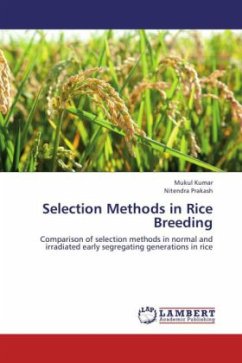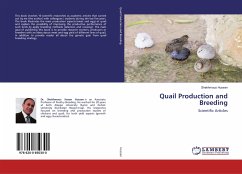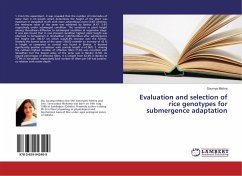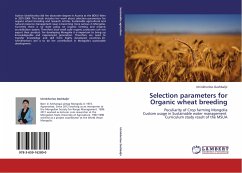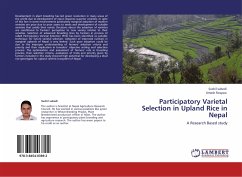Rice is the staple food for 2.5 billion people, growing 9% of the earth's arable land. India and Indonesia are the major countries in Asia producing the 85% of the rice produced in the world. A steady increase in production, choice of appropriate selection method is needed to further raise to genetic yield in rice. The efficiency of selection methods like pedigree, bulk and single seed descent, etc. primarily depend upon genetic variability. Although, hybridization in plant breeding provides the useful source of variability, but hybridization in combination of mutation would be expected to increase supplementary variability for favorable traits. Further, early generation selection would be advantageous because a genotype possessing all the desirable genes occur most often in early segregating generations (F2 and F3). Keeping in view, the efficiency of five different selection methods were assessed in both normal and irradiated early segregating generations of two rice crosses. This book has comprehensive collection of review, sizable number of tables and logical illustrations, and will be much useful to scholars and researchers working in the field of rice breeding.

